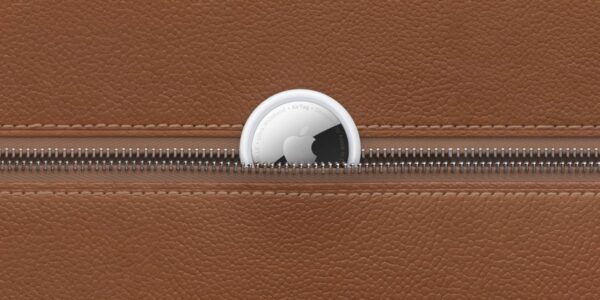Sony was in front of his mirror-free camera rivals, it was actually shocking when Canon challenged him with two powerful models, EOS R5 and R6. On top of that, he beat Sony to deliver the first camera with an 8K video. Now Sony is counter-striking with its new flagship product, the 8k, 50-megapixel A1.
At $ 6,500, the A1 is clearly intended for professional users who live with their cameras. However, like the Top Camera without Sony mirror, it is a showcase for the latest sensors, autofocus, EVFS and more that may appear in future models
In addition to the 8K video packaging, the A1 has specifications that we have never seen on a mirror-free camera, such as 30fps of shooting speeds for raw images of 50 megapixels and an electronic viewfinder at 9.44 million points of 240 dowry. It should be a power plant for both video and photography, but how does the A1 correspond to its true rival, the R5? Let’s find out.
Body and manipulation
Sony builds components of the camera as well as cameras, and booked some new pieces for his lighthouse. The 50.1-megapixel back-to-back CMOS sensor is brand new and offers not only high resolution photos, but also extremely fast reading speeds.
It is also the first camera with Sony’s OLED electronic viewfinder, $ 9.44 million OLED. This EVF is so strong, bright and responsive that it should give a break to anyone who still thinks that optical visitors are better.
The A1 has an incredibly small body, given the amount of technology that is packaged. It is the same size as the A7s III and weighs only 40 grams more at 737 grams (with a battery). Although it looks a lot like the A7S III, there are some differences. It adds a convenient double mode dial for shooting and focus modes, while moving the upper video recording button on the back.
Since this processes much more data than the 12 megapixels A7S III in the same size body, it is reasonable to wonder if overheating is a problem as with the Canon R5. The quick response is no, but more about it shortly.
Sony says that the A1 is more robust and resistant to the weather than ever, and I can testify to that because I dropped a short distance on concrete and that it did not leave scratch – sorry, Sony. It’s also very nice to hold and use, although it can be slightly narrow to increase people with big hands or if you wear gloves, especially with a large lens.
The controls include the shutter and opening dial, a joystick, a control wheel, a mode dial, an exposure compensation composition and three programmable buttons. I hope that all the upper dials blocked like the exposure compensation dial, rather than the uncomfortable pressure to unlock the system on the other dials.
Otherwise, the controls feel incredible. With the A1, Sony has made small but notable dials and buttons improvements, and they now have an almost perfect feeling, trips and resistance.
Sony abandoned his old menu system and the new is much more intuitive. As with the A7S III, cascading folders in categories, most settings are easy to find. You can also use the touch screen with the menus and not only focus as before. Unlike Canon R5, you can not touch a displayed setting to change it.
The major disadvantage of the A1 is that unlike the R5, its screen is only tilting and not turning around. This seems a strange decision because the A7S III have a completely articulated display and the A1 is a more powerful video camera. This makes it a difficult sale for the vloges and crews of a person, in case the high price label had not already discouraged them.
As the A7s III, the A1 has Sony’s single dual location system that accepts SD cards and CFEXPress cards faster. The latter offers 800 MB / s and 700 MB / s write speeds compared to 300 MB / s on UHS II SD cards. However, without other cameras manufacturers that do not support the CFExpress type type, cards are always difficult to find and very expensive – currently around $ 400 for the 160 GB model.




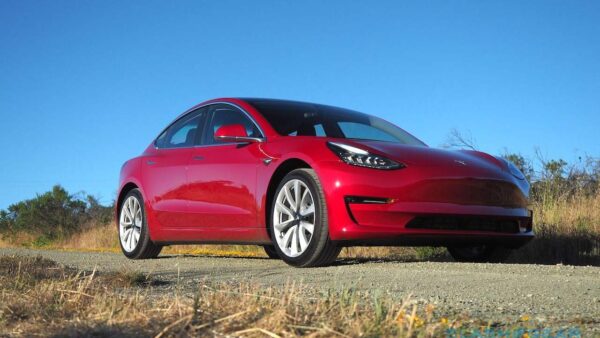
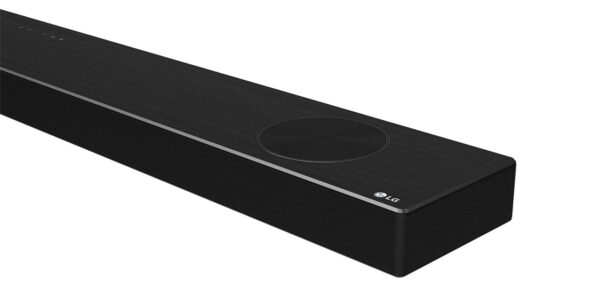

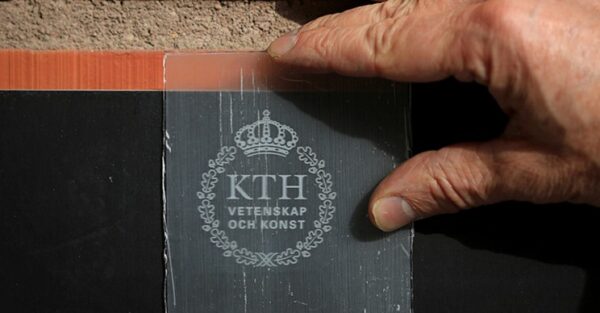
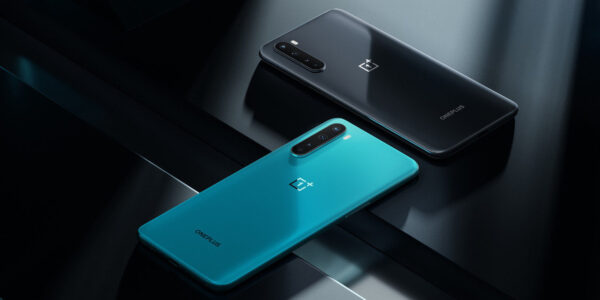


![Have you been encountering the [pii_email_2c5d108980d117c8ca52] error while trying to send or receive emails using your Outlook account, you’re not alone. It’s a standard Outlook error that sometimes gets triggered thanks to network connectivity issues. However, several other factors also can cause you to run into the said error. The good news is that you simply can troubleshoot this error by yourself. during this guide, we are getting to mention various factors that cause the PII error and what methods you'll utilize to repair it. So, with none further ado, let’s start . What Causes the [pii_email_2c5d108980d117c8ca52] Error in MS Outlook In general, the error occurs when MS Outlook fails to determine a secure reference to the e-mail server. But, as we mentioned earlier, there are many other reasons which will trigger this error also . a number of these reasons include: Your device isn't connected to a lively Internet connection Your Outlook profile has been damaged thanks to external factors There are incorrect antivirus configurations on your PC FIles on your POP3 server are damaged How to Fix [pii_email_2c5d108980d117c8ca52] Error So, now that you simply know what triggers the [pii_email_2c5d108980d117c8ca52] error in Outlook, let’s take a glance at the solutions that’ll assist you fix it. Also examine the way to fix outlook [pii_email_316cb5e2e59f1ce78052] error Check Your Internet Connection Since a poor network connection is that the primary explanation for the error, start by checking your Internet connection. confirm that your device has active Internet connectivity. you'll try accessing other online services to ascertain if the web is functioning or not. Change Antivirus Configurations If you've got recently installed an Antivirus program on your PC, it'd be configured to automatically scan emails. If that’s the case, the Antivirus will restrict the Outlook app from functioning properly. So, confirm to vary the Antivirus Configurations by disabling the “Email Scanning” feature. Reinstall/Update Outlook Reinstalling or updating Outlook to the newest version is yet one more effective thanks to fix the [pii_email_2c5d108980d117c8ca52] error. When you’ll reinstall the app, all the damaged temporary files are going to be deleted and therefore the root of the matter are going to be eliminated also . Clear Unnecessary Emails from Outlook Folder If your primary inbox has too many unnecessary emails, they’ll cause bandwidth issues. this is often the rationale it’s always advised to clear the unnecessary emails from your Outlook folders. While you’re at it, confirm to clear the Trash also . this may help your Outlook app to deliver optimal performance. Conclusion So, if you’ve been encountering the [pii_email_2c5d108980d117c8ca52] error for a short time now, the above-mentioned will assist you fix the matter . Follow these tricks and access your Outlook account with none hassle.](https://tomtomworks.com/wp-content/uploads/2021/09/How-to-fix-outlook-pii_email_2c5d108980d117c8ca52-er-200x200.webp)

![How To Fix [pii_email_71e6bcfa8a2bee2aa151] Erro](https://tomtomworks.com/wp-content/uploads/2021/09/How-To-Fix-pii_email_71e6bcfa8a2bee2aa151-Erro-200x200.jpg)



